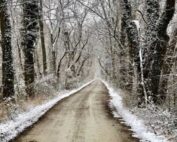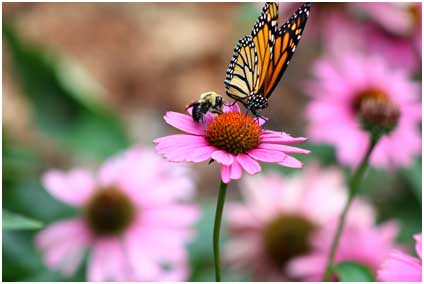
Rebecca Bland, Washington County Public Schools
Liz Marquette, Kansas University
Pollination is a common topic of study in science classrooms across the world – so common that pollination and content similar or related to pollination appears at every grade level of the Next Generation Science Standards (NGSS, 2022). And even though we know how prevalent pollination is as an area of study, it is unlikely that we, as a global community, could underestimate how important pollination is (Ollerton, 2022). For context, pollination is the act of reproduction that flowering plants engage in – specifically, pollination occurs when pollen is transferred to allow for fertilization. This process occurs via water, wind, or with the assistance of an external pollinator such as a bee, butterfly, or bat. To ensure appropriate reproduction for the majority of plants, the natural world heavily relies on a diverse population of pollinators. Currently, it is estimated that 87.5% of living flowering plants depend on pollinators for successful reproduction (Ollerton, 2022). To that end, more than 75% of the global crop supply is dependent on pollinators for successful pollination to occur (Ritchie, 2021).
The wellness of both natural and domesticated pollinators impacts so much of the world: from local and global ecosystems through agricultural production and food security to economic security (Aizen & Harder, 2009). It would be difficult to picture our meals without the presence of fruits, vegetables, and nuts and our desserts without the flavors of chocolate and vanilla. To understand the need to protect pollinators, we must not only picture our lives without the important services they provide, but we must be aware of the dangers they face.
Dangers to Pollinators
Three major dangers to pollinators that generally are cited include loss of habitat, use of pesticides, and transmission of disease. More recently, perils connected with climate change have come to the forefront, prompting some environmentalists to place that danger at the top of the list (Pollinator Partnership, 2024). Global warming, for example, has caused plants to bloom earlier, before pollinators arrive, therefore, removing some of the pollinators’ food supply.
All four of these major risk factors are either caused by or exacerbated by humans. Although diseases are not directly passed to pollinators by humans, non-native species, introduced into an environment by humans, sometimes carry diseases that spread to organisms, including pollinators (U. S. Department of Agriculture, n.d.).
Protecting Pollinators
As do all other living things, pollinators require food, shelter, and living space in order to survive. There are a number of ways humans can help provide for the three basic needs of pollinators. They can plant pollinator-friendly gardens, using native plants, to provide food, be aware of pollinator habitat needs, and avoid using pesticides and weed killers in areas frequented by pollinators in order to give them a healthy living space (U. S. Fish & Wildlife Service, n.d.). We must take care of pollinators if we want them to continue taking care of us.
Teaching Children about Pollinators
Given the fact that knowledge about pollinators can impact so much of the natural and economic world, it is imperative that students are able to build on a strong foundation of knowledge on the subject matter. And while some research indicates that additional resources should be spent in the education of non-bee pollinators, honeybees have found solid ground as the talisman of common knowledge regarding pollinators (Requier, et al., 2023). It is important that children learn early to appreciate the work of pollinators. Our lives depend upon them. These flowering plants include more than one thousand different types of food crops (Pollinator Partnership, 2024).
Educating children about pollinators can have long-term implications. Specifically, in a 2023 study conducted at Penn State University, it was discovered that there was a clear correlation between student knowledge of honeybees and student interest in habitat preservation and environmental activism. The more students were able to describe the honeybees’ reciprocal relationship to pollination, the more they were able to speak to other environmental issues (Cruz, 2023).
Most children have a fascination with wildlife. They enjoy watching animals and insects. However, once they learn that some insects, especially bees, can sting, they develop the impulse to kill a bee on sight. This impulse can overshadow the knowledge that bees have a positive impact on their lives. Teachers can help students learn to protect pollinators while keeping a respectful distance.
Accordingly, the honey bee has rightfully earned its place as the mascot of pollinators for many. This creates a unique opportunity for educators and students alike. To encourage students to become lifelong learners and citizen scientists, initiating lessons about honey bees and their role in the pollination lifecycle can become a springboard for further learning. These lessons, funded by the Pollination Project, present an opportunity to begin this process while simultaneously encouraging place-based and project-based inquiry and learning.
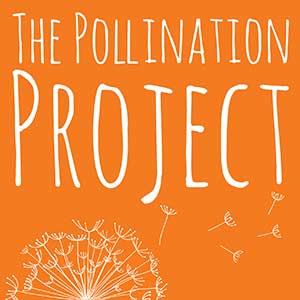
Share
LATEST RESOURCES
Teaching and Learning about Obligate Species in Vernal Pools
Teaching and Learning about Obligate Species in Vernal Pools
Suzanne E. […]
Connecting Students to Nature in the Winter
Winter Wonderland Nature Activities Calendar: Download Activity Calendar
Connecting […]


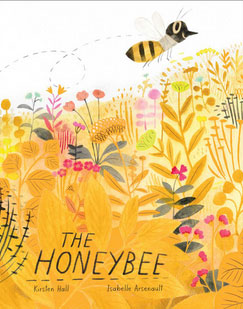
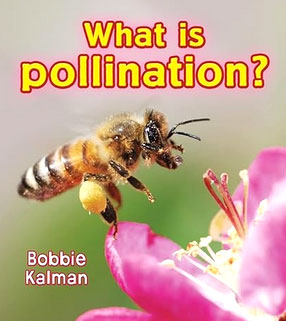
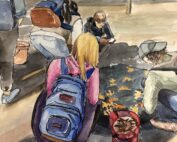
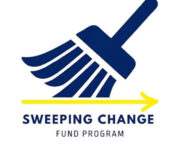
![A logo for The Sweeping [...]
</p srcset=](https://blueswallowfarmfoundation.org/wp-content/uploads/2025/03/sweeping-change-fund-1024x538.jpg)

